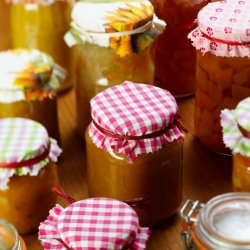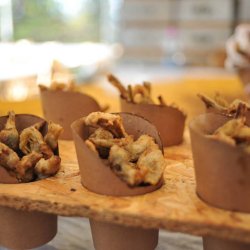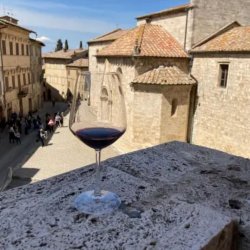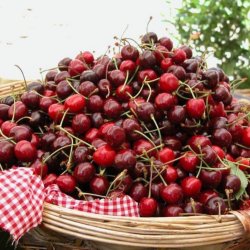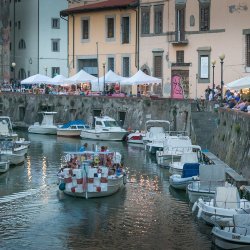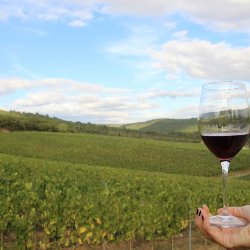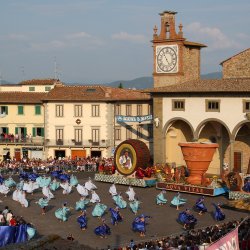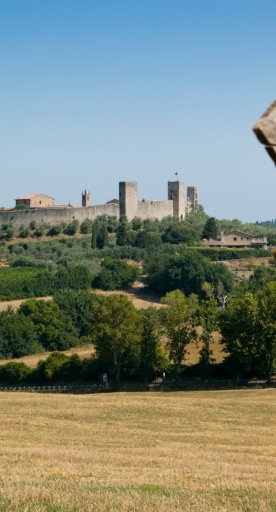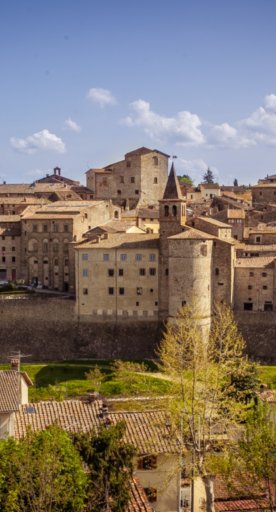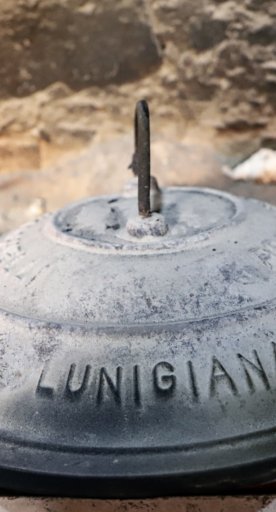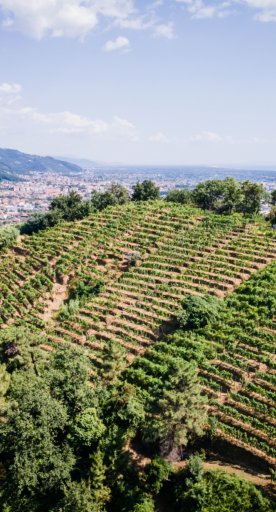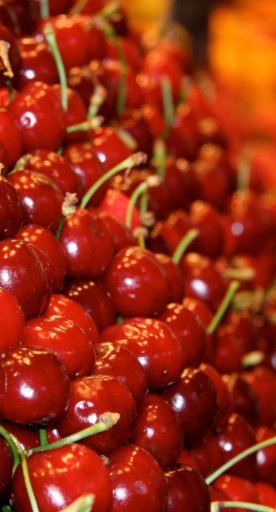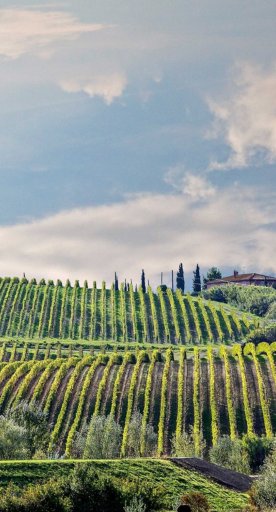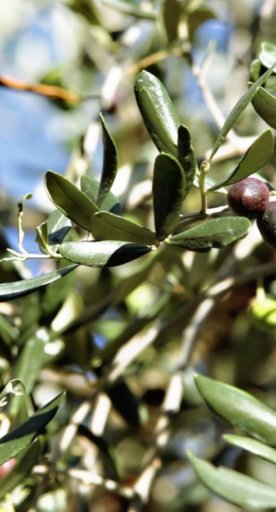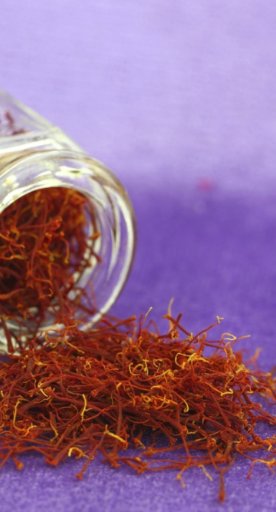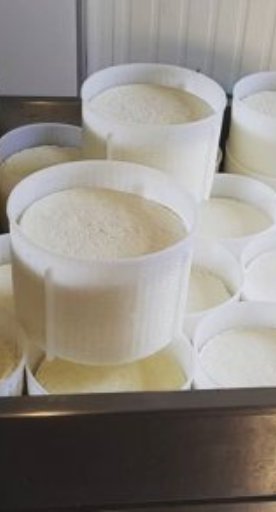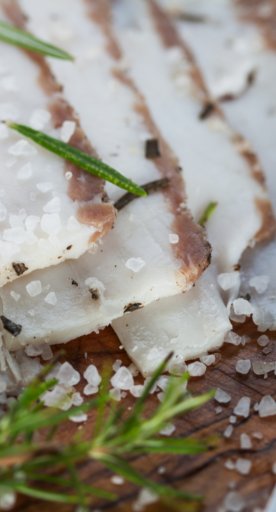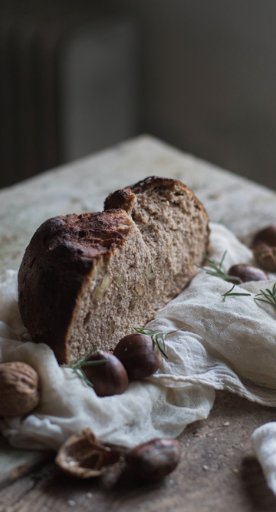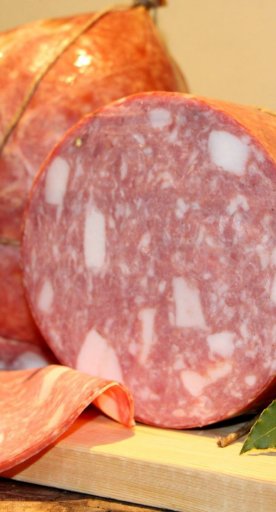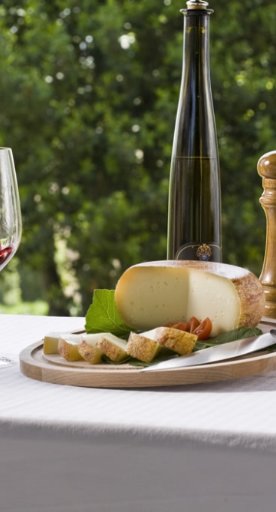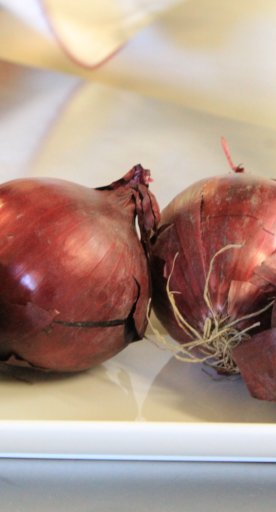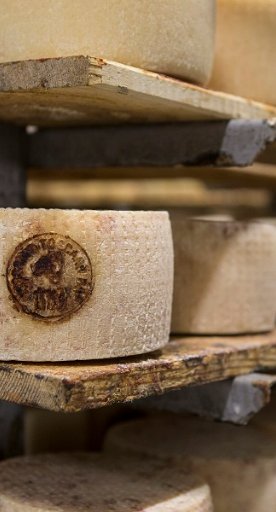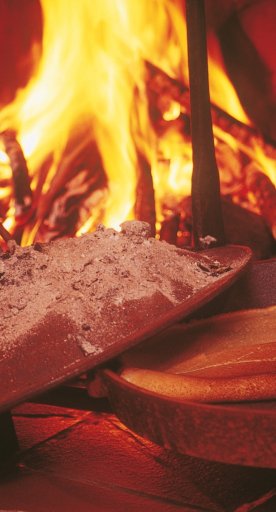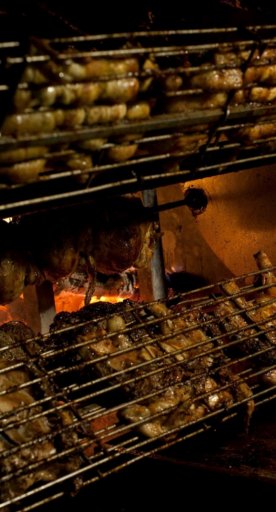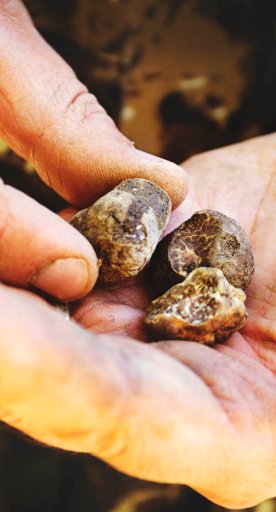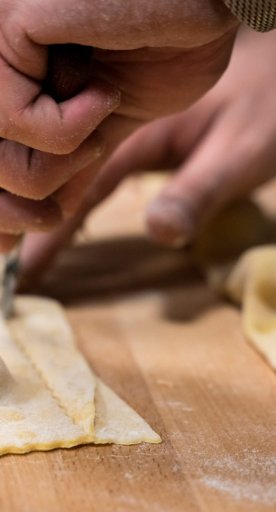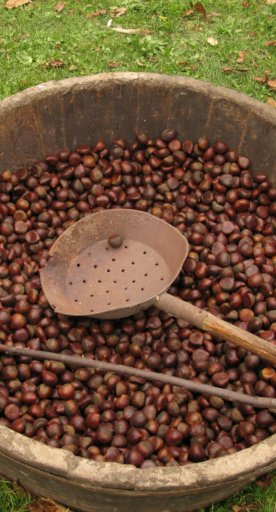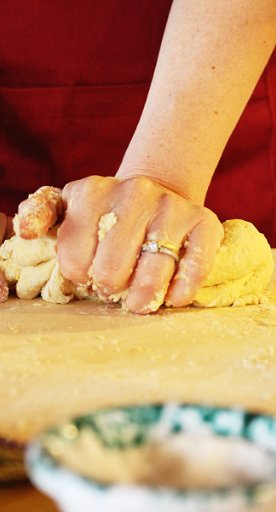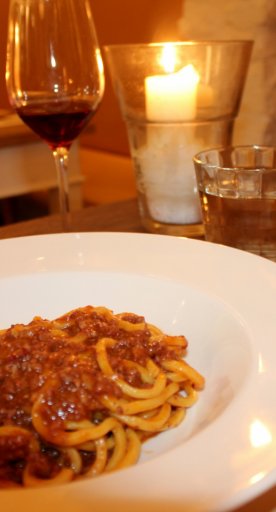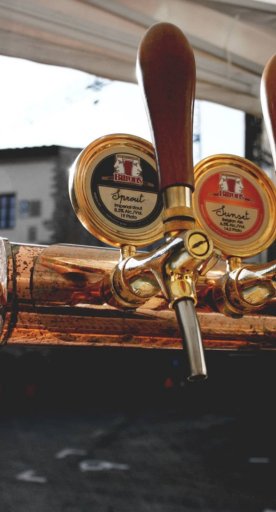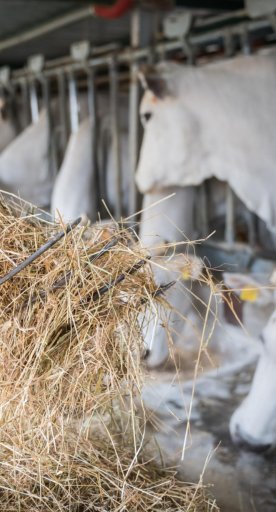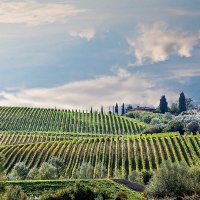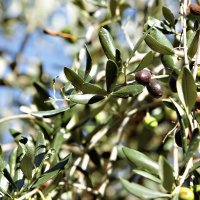City fish: salt cod, herrings and anchovies
City fish, meaning that it’s dried, smoked or salted, has a popularity all of its own
Fish is a fundamental part of our diet. Humans learnt how to preserve it in ancient times. Drying, smoking and salting ensure that the fish doesn’t go off and helps its supply, even to places far from the sea.
“City fish”, or pesce di città as it’s known in Italian, is found at markets and shops in urban area and is used every which way in cooking dishes. While modern refrigeration methods allow fish to arrive fresh in places far from where it was fished, the preserved variety continues to have its own fan base.
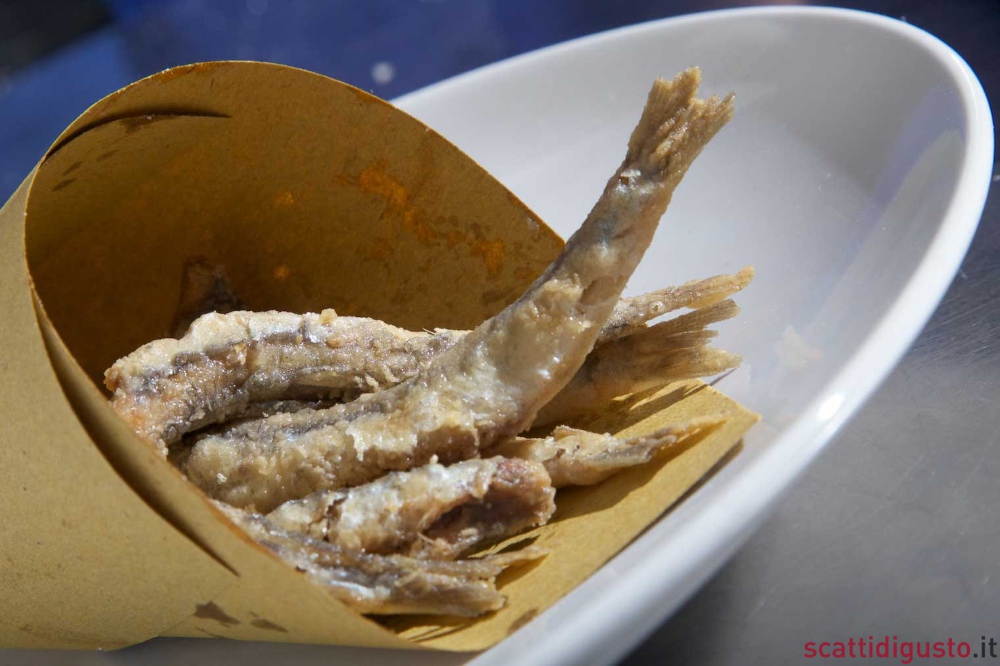
Starting with the much-loved baccalà. Friday means salt cod in Tuscany, a tradition that’s still observed throughout the region with certain shops only selling it on that day alone, while traditional markets ensure its availability every day of the year. It’s the main ingredient in many recipes and is cooked in countless ways. Baccalà is cod that is caught in the northernmost waters of the Atlantic and Pacific Oceans, then salted in countries like Denmark, the Faroe Islands, Norway, Iceland and Canada.
It seems like cod underwent this type of preservation centuries ago, the same method used for whale meat. Traditional recipes call for baccalà to be fried, cooked in tomato sauce, stewed or grilled. The version featuring leeks is intriguing and the one with chickpeas is pure comfort food, while a modern recipe sees the cod cooked slowly in extra-virgin olive oil.
Herrings, on the other hand, are oily fish that also live in the North Sea. There’s a thriving preservation industry in these countries as only a small percentage of the herrings are eaten fresh; they are mostly salted (staying a silver colour), smoked or preserved in oil (heading towards golden). In the early 1900s, herrings were often served with polenta, whereas today they appear as starters or in salads in contrast with other sweeter ingredients. Try herrings served with stewed onions as a toast topping or preserved in oil as fillets with carrots, celery and chopped parsley.
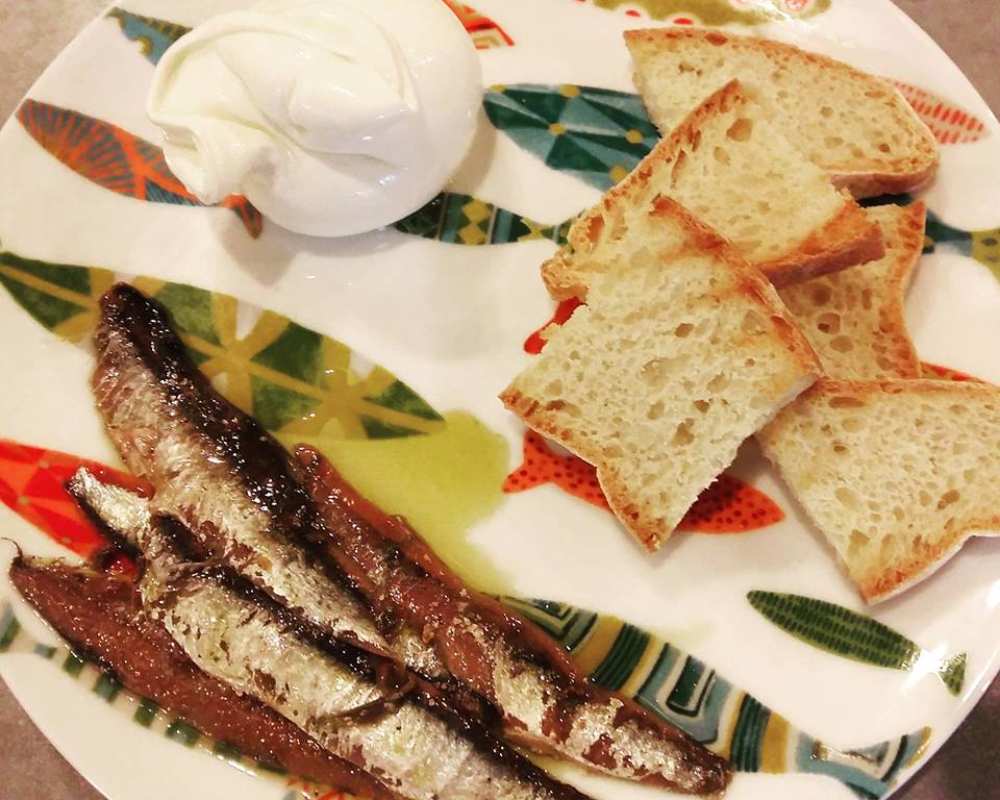
Alice and acciuga are two names for the same small fish: anchovies. Sarda and sardina both apply for the larger sardine: the former is used when the fish is fresh, whilst the latter refers to when sardines have been preserved in oil or salt. Anchovies and sardines have a similar flavour, especially once they have undergone the conservation process. Often used to complement strongly flavoured dishes, like chicken liver pate for Tuscan crostini, preserved in oil with parsley and served with boiled potatoes or a sauce known as acciugata and served with pan-fried meat or as a pasta sauce. Bread, butter and anchovies continues to be a favourite Tuscan snack.
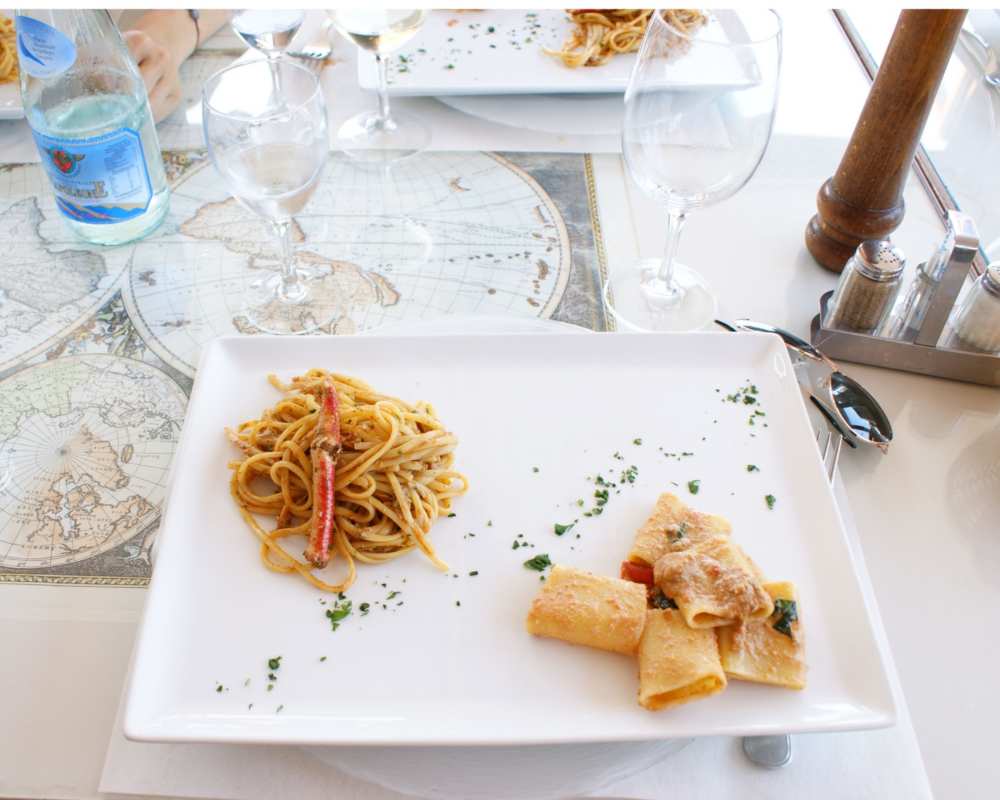
Lastly, there’s the salacchino, which is more of a fantasy name than a fish. Also known as saracchino, saraca and salaca, which is given to various kinds of oily fish in Lombardy, Veneto and Tuscany, such as shad, sprats, sardines and herrings, whether smoked or salted. The fish are marinated in olive oil before grilling them, then cutting them into little pieces. Polenta is the best side dish. Prior to cooking, in the past, the many impoverished farming families used to hang this fish from the ceiling with a string, so that it dangled in the middle of the table. One by one, the diners rubbed toast or polenta over the fish and dipped the slices into drops of oil gathered in a plate below.
Although times have changed thankfully, salacchino, anchovies, sardines, herrings and salt cod continue to be popular, perhaps also because they contain flavours of the past and are cheap to eat.


